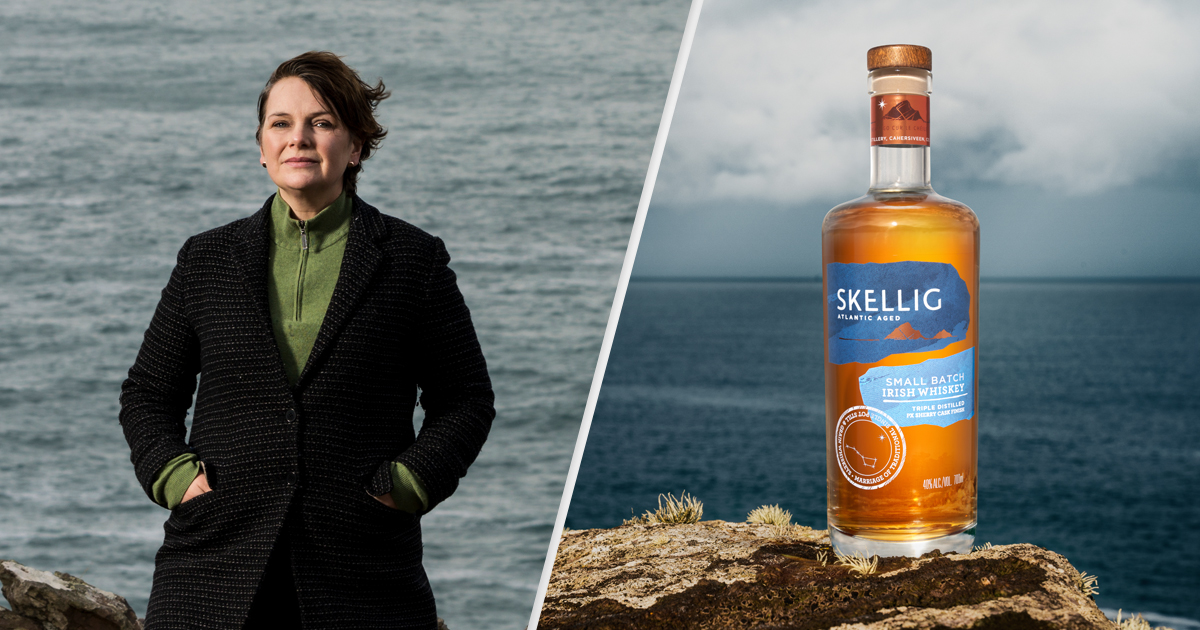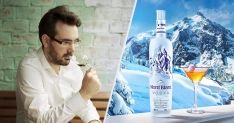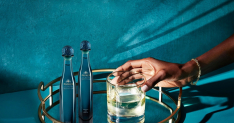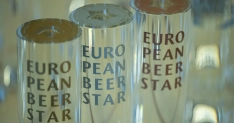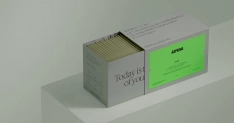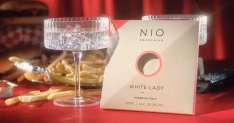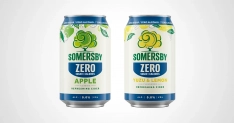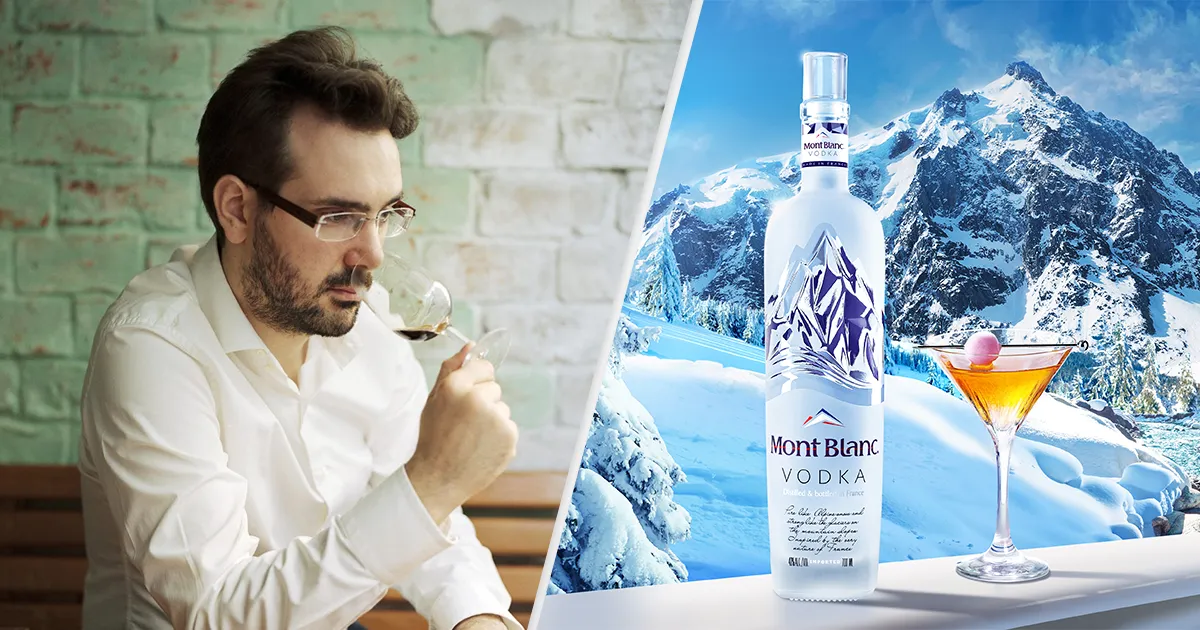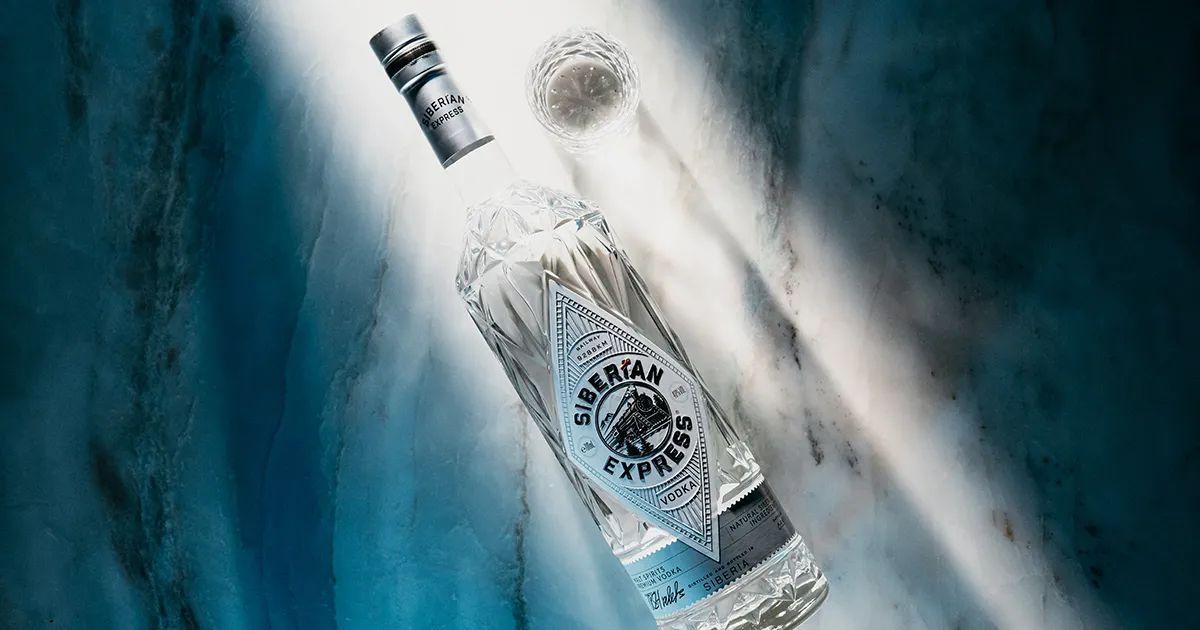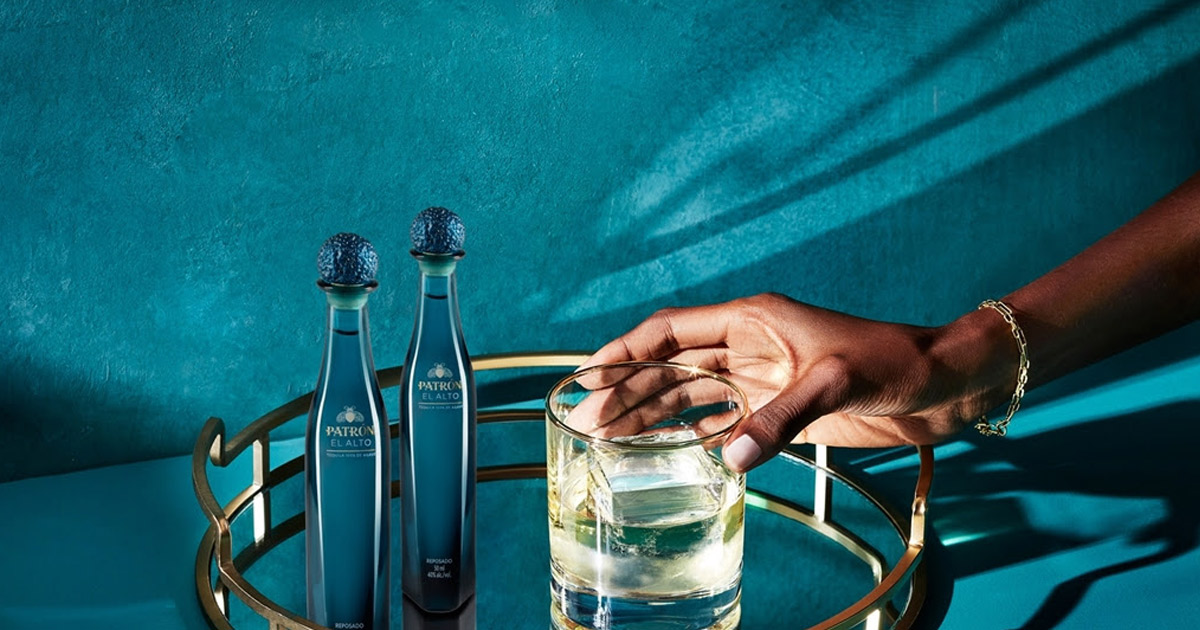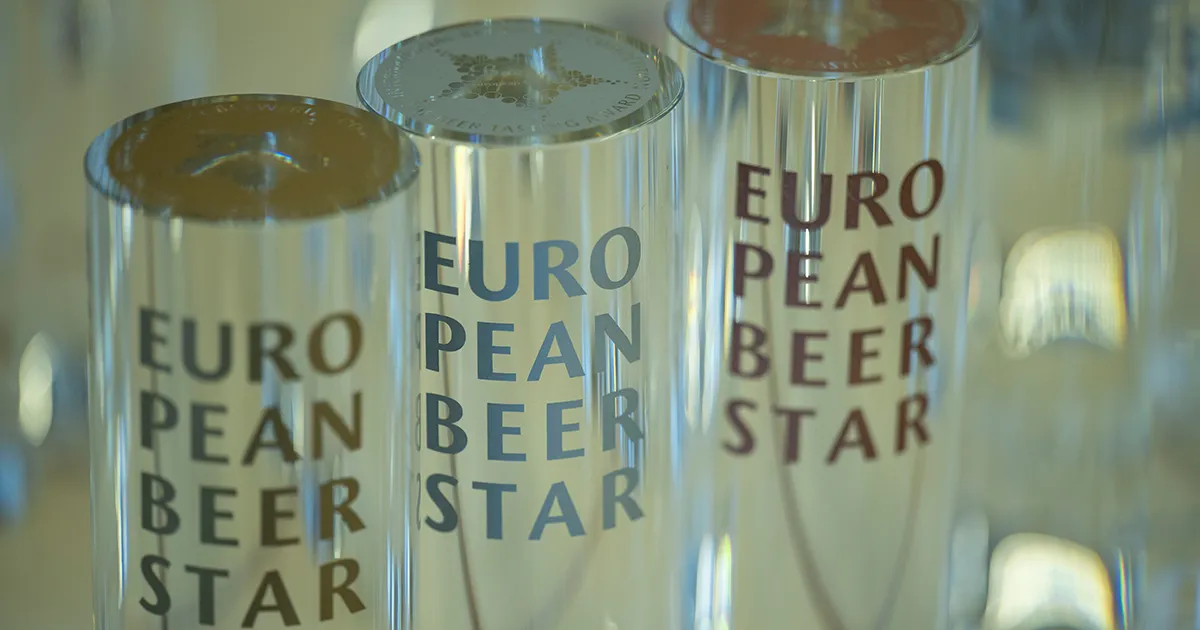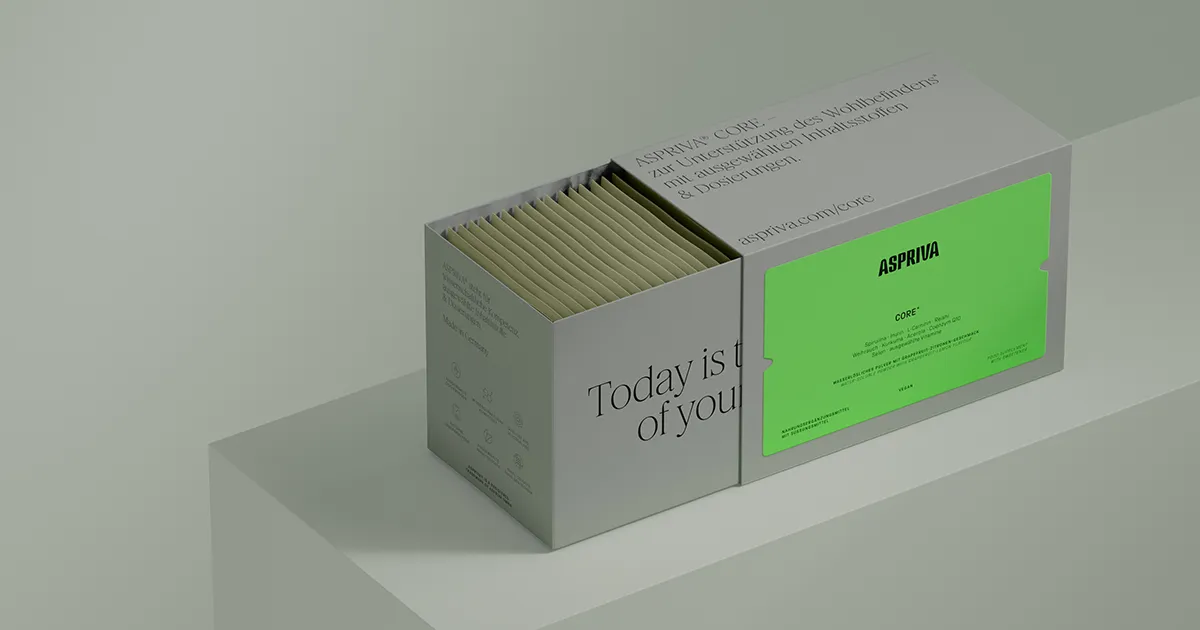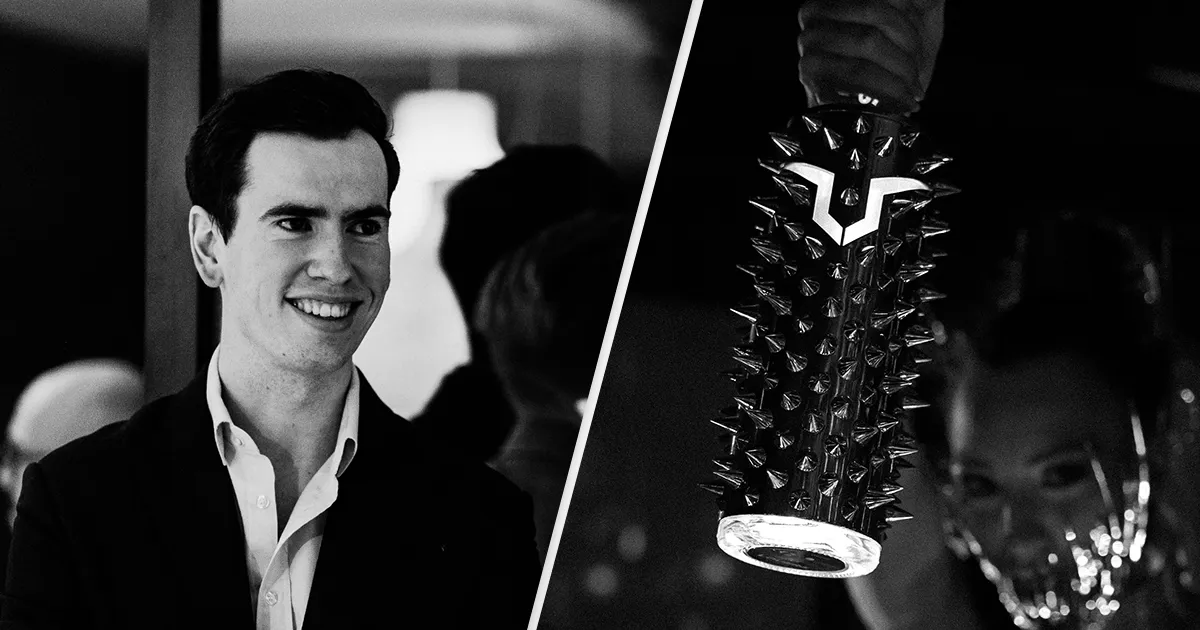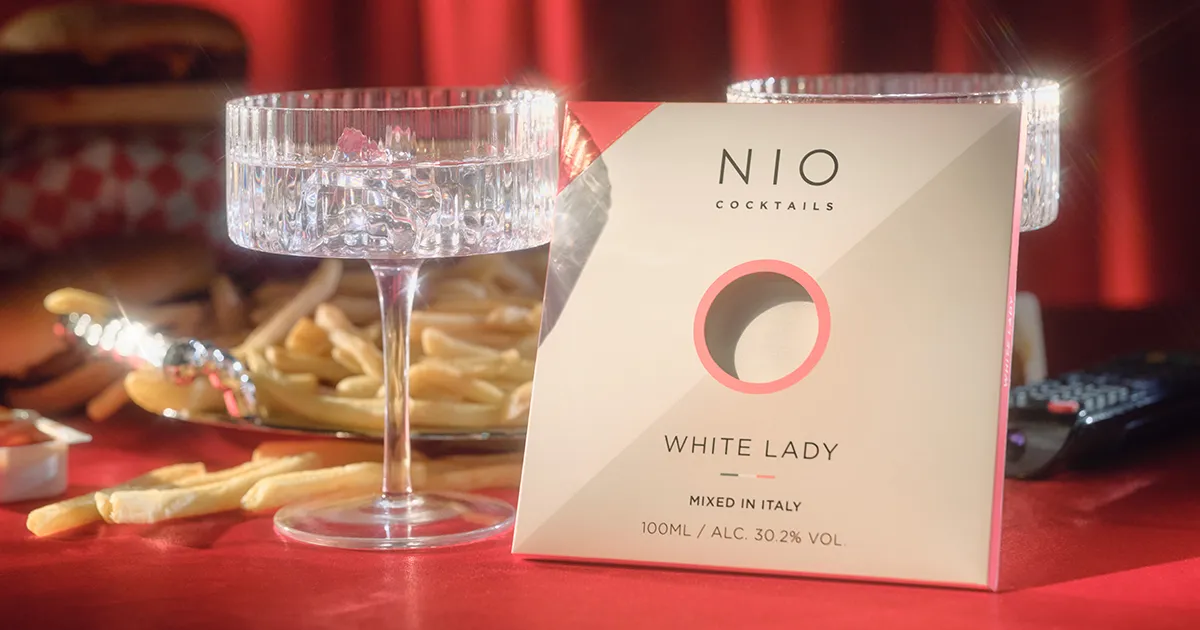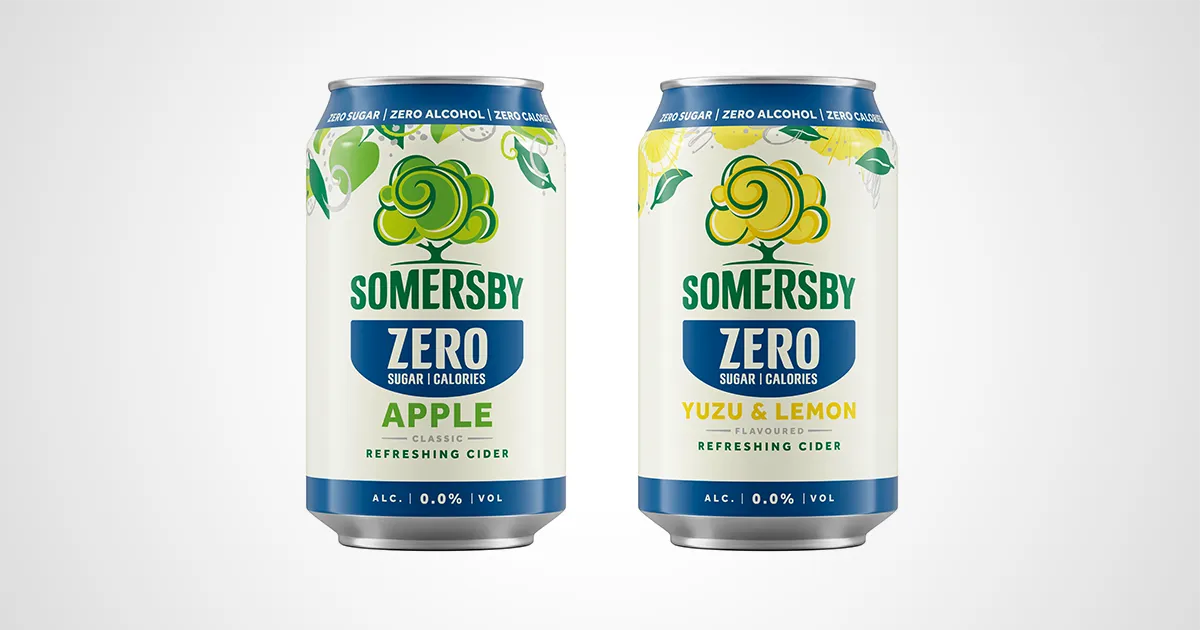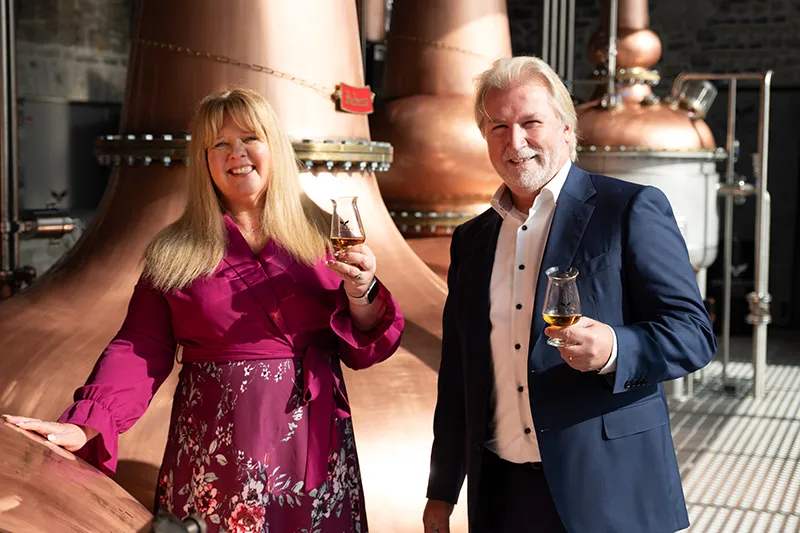Craft distillery from County Kerry: June O’Connell about Skellig Six18
Skellig Six18 Distillery is located on the north-western tip of the Ring of Kerry, in the village of Cahersiveen, and was founded in 2019. Named after the famous Skellig Islands, a UNESCO World Heritage Site, the distillery already produces its own gin. In the near future, Skellig Six18 will also produce whiskey. Until this reaches the required maturity, the distillery is already distributing whiskey from third-party producers under its own name, which is already maturing in the warehouse in Cahersiveen. The name of the distillery refers to the 618 stone steps that lead from the foot of Skellig Michael, the largest of the Skellig Islands, up to the ruins of an early Christian monastery – an inspiration that also characterizes the Skellig Six18 Distillery.
In this interview, June O’Connell, founder of Skellig Six18 Distillery, talks about the challenges and opportunities presented by the remote location of Cahersiveen. She talks about the products, long-term goals and the partnership with Irish-Whiskeys.de.
How and when did Skellig Six18 Distillery come to be established in the remote area of Cahersiveen, and how does the environment influence your spirits?
June O’Connell: Cahersiveen is probably the most geographically remote town in Ireland right out here on the Ring of Kerry peninsula, and its where I grew up. My family has lived here for generations. The Skellig Coast is surrounded by the wild North Atlantic on 3 sides and with the highest mountains in Ireland behind us on the other side so the climate is quite particular. The Atlantic Ocean and the mountains influence how we live and of course have a huge influence on the maturation of our Skellig Whiskey. You can’t escape the salty winds here; we have such mild temperatures here and often have “4 seasons in a day” with air pressure moving up and down the barometer wildly – so the wood is constantly reacting with the whiskey as it matures for 365 days of the year.
The name Skellig Six18 has a special meaning. How is the connection to the Skellig Islands and the 618 stone steps reflected in your brand?
June O’Connell: In the 6th century, monks on rugged Skellig Michael in the Atlantic Ocean carved six hundred and eighteen steps to the monastery at the peak of the rock. There were no shortcuts they could take, with the monks demonstrating exceptional character and resilience in their effort. This feat, their journey inspires Skellig Six18 today.
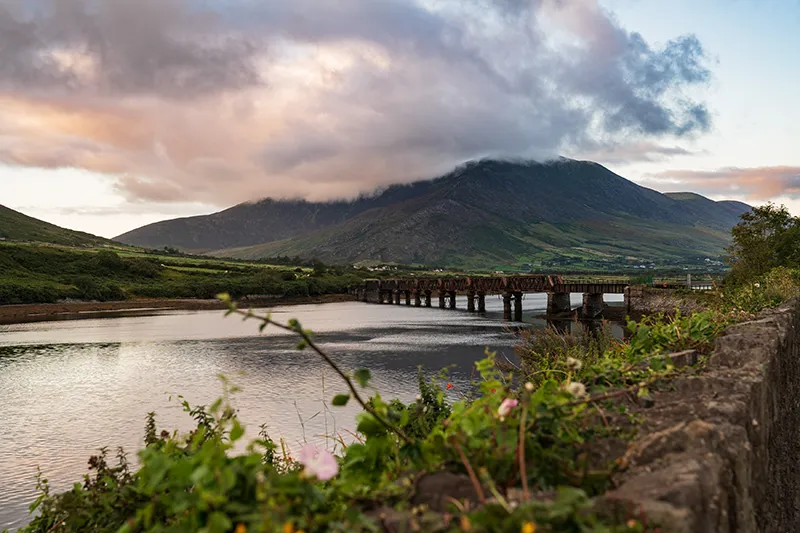
©Skellig Six18 Distillery
Your gin contains ten botanicals that you collect locally. What makes this selection unique and how does it shape the taste?
June O’Connell: Our location on the Skellig Coast has a landscape rich with natural ingredients from the woodland to the Atlantic seashore. Collaborating with sea foragers, land foragers, chefs and fishermen we have been on a journey of discovery, selecting a range of unique local botanical ingredients for our gin. After much deliberation we chose Yarrow, Douglas Fir, Birch Sap and Dillisk as the feature local botanicals. We partnered in the early stages of our gin development with Michelin-starred Chef, Ross Lewis, to craft a recipe which would allow the flavours of the local and traditional botanicals to integrate well together in a manner which would allow the gin pair well with food.
What role does the traditional copper still play in the production of your gin, and how does this method affect the quality and taste of the final product?
June O’Connell: We have a 500L copper pot still from Italy at our distillery in Cahersiveen. Every drop of Skellig Six18 Gin passes through it before being blended and bottled on site. We follow a unique production process in that we distil each of our botanicals separately, before blending the various distillates together over six-week period to create out gin.
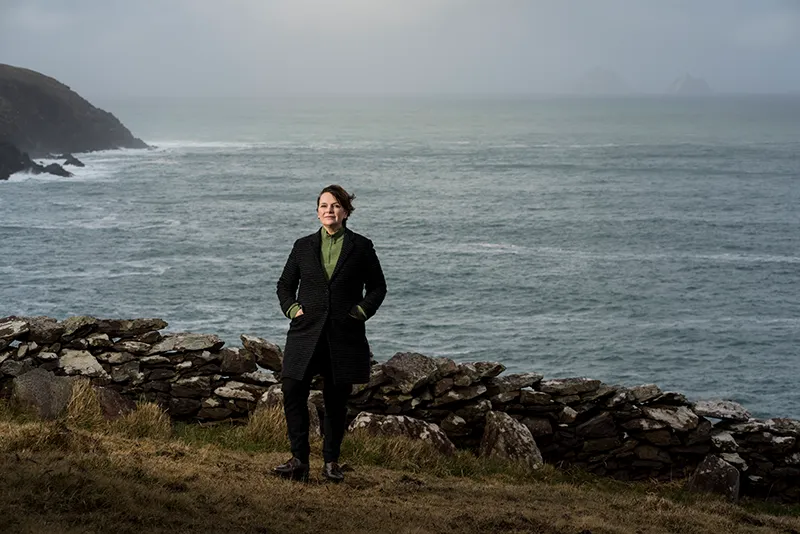
©Skellig Six18 Distillery
This process allows us to employ different methods of maceration and distillation for each botanical, ensuring we draw out the full flavour of each. Our slow blending process then gives us the opportunity to combine these flavours in a way which creates a well-balanced gin, where no single botanical is overly dominant.
How does the Atlantic air affect the barrel maturation of your whiskeys, and what impact does this have on the flavor profile?
June O’Connell: The maturation process is at the heart of our whiskey operation here on the Skellig Coast. Irish Whiskey must be matured in wooden casks for a minimum of 3 years to be called Irish Whiskey. Time in the wood develops the complex flavours and colours of Irish Whiskey. The cask is the living, breathing home for the whiskey as it matures. Whiskey goes into the cask as a clear raw liquid. Temperature, ambiance, wood type and barometric pressure influence the wood and also the rate of maturation and taste of our whiskeys. With our maturation warehouse being literally the first landfall for the prevailing salty and moist south-west winds off the Atlantic Ocean, we are in a unique place where there is a confluence of ideal conditions for excellent whiskey maturation.
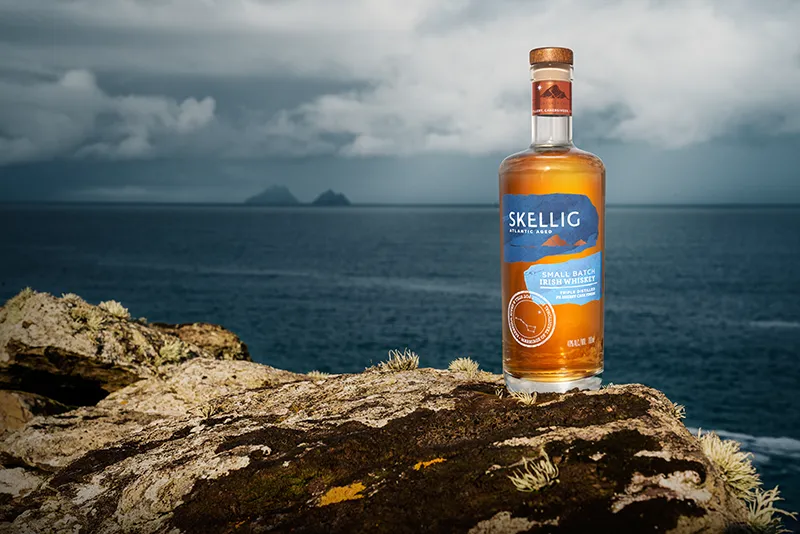
©Skellig Six18 Distillery
In the case of Skellig Triple Cask Single Pot Still Irish Whiskey, our cask selection process prioritises whiskey which has been aged for at least 6 years in ex-Bourbon barrels. Then we carefully transfer whiskey to finishing casks, which have previously held some of the finest PX Sherry and peated Scotch around. We allow the whiskey to rest in these finishing casks for as long as it takes for the proper level of flavour we want to develop, so that we get the fitting level of complexity and elegance we expect of premium Skellig Irish Whiskey. Skellig Triple Cask Single Pot Still Irish Whiskey won Best Single Pot Still of the Year at the Berlin International Spirits Competition 2024, so we have high standards to meet when ensuring our whiskeys mature as required.
What opportunities do you see in the German market, and how does the partnership with Irish-Whiskeys.de help you launch your products?
June O’Connell: Germany is the fifth largest market for Irish Whiskey globally with over 600,000 cases sold last year. Much of this volume comprises the sale of large brands at lower price points and yet still is a small fraction of the quantity of Scotch sold. We want to show the German consumer that Irish Whiskey is a high-quality product, with sufficient flavour, provenance and history to stand alongside super-premium Scotch.
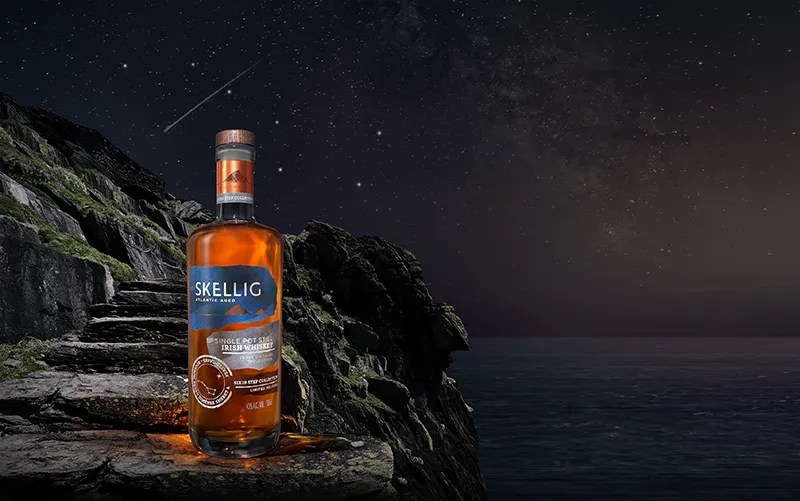
©Skellig Six18 Distillery
Irish-Whiskeys.de are an excellent partner in this mission, they understand the long history of Irish Whiskey and the importance of smaller independent distilleries to bringing the category back to the level it was at in the 1800s. Irish-Whiskeys.de give us a platform to get in front of consumers and have great patience, understanding that you cannot grow a whiskey category overnight.
What are your long-term plans for Skellig Six18 Distillery? What new products or developments can we expect in the future?
June O’Connell: At Skellig Six18, we are focused on Single Pot Still whiskey, the traditional style of Irish Whiskey- making and you will see that focus in the Skellig Whiskey we’ve released. We want to showcase this really interesting style of whiskey to the world.
We are focused on building awareness for Skellig Whiskey, and building credibility and gravitas with the global whiskey community and Germany is very important in that conversation. We make our Skellig Whiskey. Currently we have over 500 carefully selected casks sitting in our maturation warehouse, they mature there, we cask finish there, we blend/marry there and we bottle there. Our team in Cahersiveen are involved in very step of the way to ensure we get the right quality and taste profile that we want for Skellig Whiskey. Our 3 larger copper stills have been built and have arrived from Italy to the distillery in Cahersiveen, and we will focus on the distillery fit out over the next phase of the business.
We all know that the Irish monks brought the science of distillation to these islands from their travels to the East. This is the 700th year anniversary of the Red Book of Ossary, written by Irish monks in 1324 near Kilkenny City in the East of Ireland, and its the first mention of distillation and Aqua Vitae (early whiskey) before Scotland (https://www.stcanicescathedral.ie/red-book-of-ossory). At Skellig, with our close geography to the monastery on Skellig Mór, a UNESCO World Heritage site, we take the deep and old tradition of Irish whiskey-making very seriously.
Skellig Six18 Distillery | Website | Facebook | Instagram | LinkedIn
+++ We would like to thank June O’Connell for the open and very interesting interview! If you also have an interesting brand, then we should talk. Just send us an e-mail with the subject “about-drinks interview” to redaktion@about-drinks.com – we look forward to hearing from you! +++

